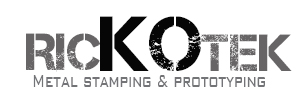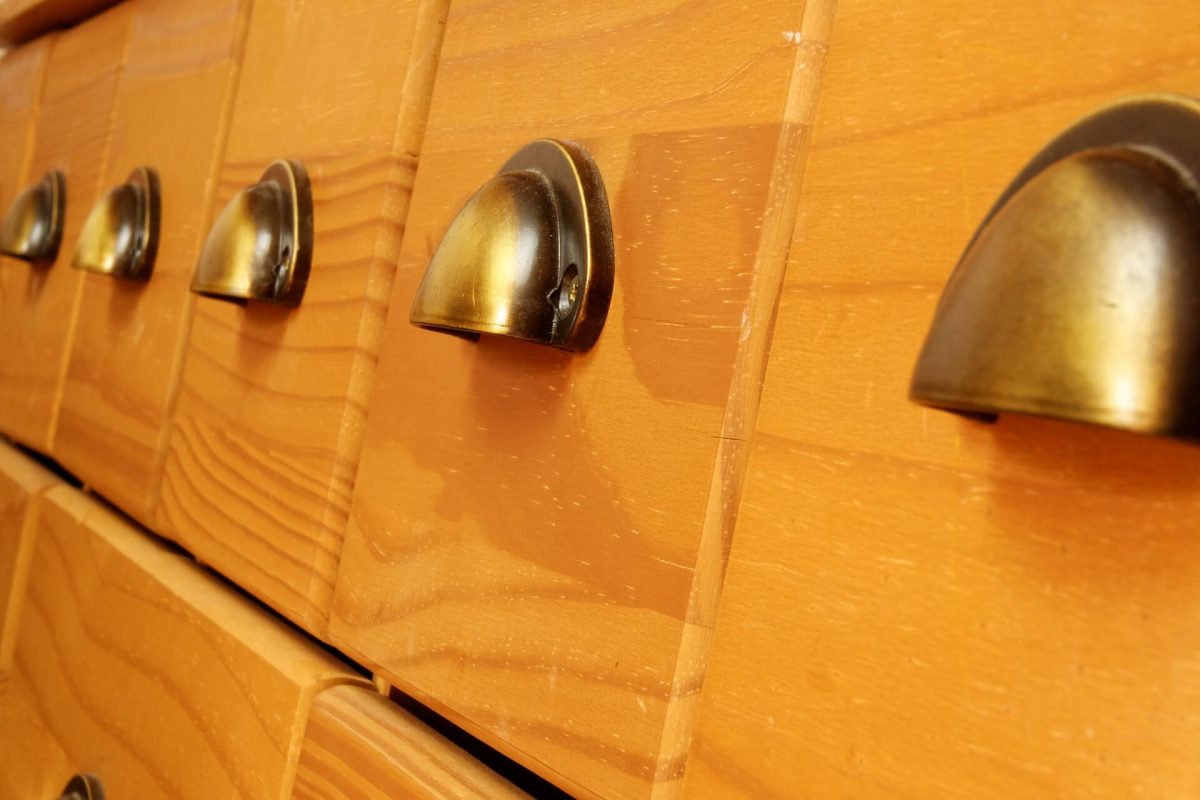Just like brass stamping, deep drawing bass is a complex process that requires considerable die preparation and designing. It is incredibly effective in the formation of brass products with considerable depth.
It is a process that involves the stretching of blanks around a plug and subsequently transferring them into a die for cutting into the preferred shape.
Deep drawing is a compression-tension technique due to the radial drawing of the brass.
Deep Drawn Brass Applications
Many industries are heavily reliant on deep drawn brass for their product applications. Musical instrument production, weapon manufacturing, and electrical and plumbing applications are just some of these industries.
Preparatory Considerations
The actual process of deep drawing brass is relatively simple, but it requires considerable preparation to reduce wall thinning, fracturing, cracking, and uneven thickness. Here are some of the things to remember when preparing to deep draw brass:
– The shape and size of the blank
– Thickness of the Brass
– The shape of the final product
– Draw radii
– Work hardening exponent
– The speed of the press
– The temperature of the die
– The pressure of the binder
– The deflection of the binder
– Lubricant
– The size and shape of the draw bead
– The surface finish of the die
– The plastic strain ratio
– The draw ratio
How to Determine Proper Thickness
The thickness of the brass blanks depends on the desired strength and size of the final product. Thicker brass blanks tend to be stiffer than the thinner ones, which allows them to hold together better in the deep draw process.
Ideally, the larger the final product, the thicker the brass blank should be. The reason for this is that thicker brass usually retains a greater volume, which means that it can stretch further without fracturing.
How to Reduce Friction
Too much friction has the potential to disrupt the deep draw process. If there’s too much friction during the process, fracturing or uneven forming will most likely occur. Fortunately, it is possible to avoid this by choosing the right type and quantity of lubricant to help the brass blanks slide through the deep draw tools.
The die temperature and die surface finish are two of the most important considerations when calculating the right amount of lubricant for an application. Different die surface finishes retain different levels of friction while die temperatures have a direct effect on the lubricant’s final viscosity.
Draw Ratio Considerations
One of the most important considerations when deep drawing brass is the draw ratio. Draw ratio refers to the difference between the draw post and blank size. For the best results and to allow for proper flow resistance, the draw ratio should be within a particular range. The brass will become too thin if the flow resistance is too low while too much resistance is likely to cause fracturing of the brass.
The necessary brass blank diameter is the most important factor to keep in mind when calculating the draw ratio. The first step to calculating this number is calculating the final product’s total surface area and converting that figure into a diameter for a flat blank. Depending on the brass blank’s thickness, the percentage of reduction from blank to draw falls between 27 and 49 percent.
Binder Pressure
To ensure sufficient brass metal flow, you should set the proper binder pressure. If you fail to take the binder pressure into consideration, brass wrinkles are likely to occur during compression. Standoffs can help to maintain proper spacing between the draw ring surface and the binder to alleviate pressure. To ensure optimal results, however, you should set the standoffs to 110 percent of the thickness of the brass.
Shape Considerations
The final product’s shape plays a role in the deep draw process. For instance, square draws reduce flow restriction along straight walls compared to the corners. If corners are an important consideration, increasing the profile radius to ensure deeper drawing in a single operation can help.
Deep Drawing Brass: The Pros
Brass is the preferred metal for deep drawing when it comes to multiple applications. Benefits of deep drawing brass include:
– High Malleability: It is much easier to deep draw brass than zinc or copper
– Aesthetic Appeal: Brass delivers a uniquely muted yellow tone
– Germicidal: The copper present in the brass kills bacteria by creating a self-disinfectant
– Corrosion Resistance: Brass is resistant to tarnishing
– Low Melting Point: Depending on its composition, brass melts anywhere between 900 and 940 degrees Celsius.
Deep Drawing Brass: The Cons
The unique characteristics and composition of brass creates a few drawbacks. Prior to choosing to deep draw brass, you should consider the following possible characteristics:
– Toxicity: The resulting fumes when brass is melted are poisonous
– Hardness: Brass’s medium tensile strength makes is unsuitable for some applications. However, aluminum can be added to boost its strength
– Stress Cracking: Brass is more susceptible to stress corrosion cracking (also referred to as season cracking) compared to other metals.

